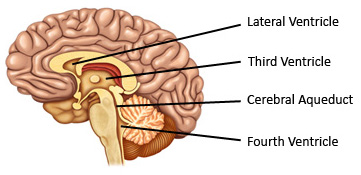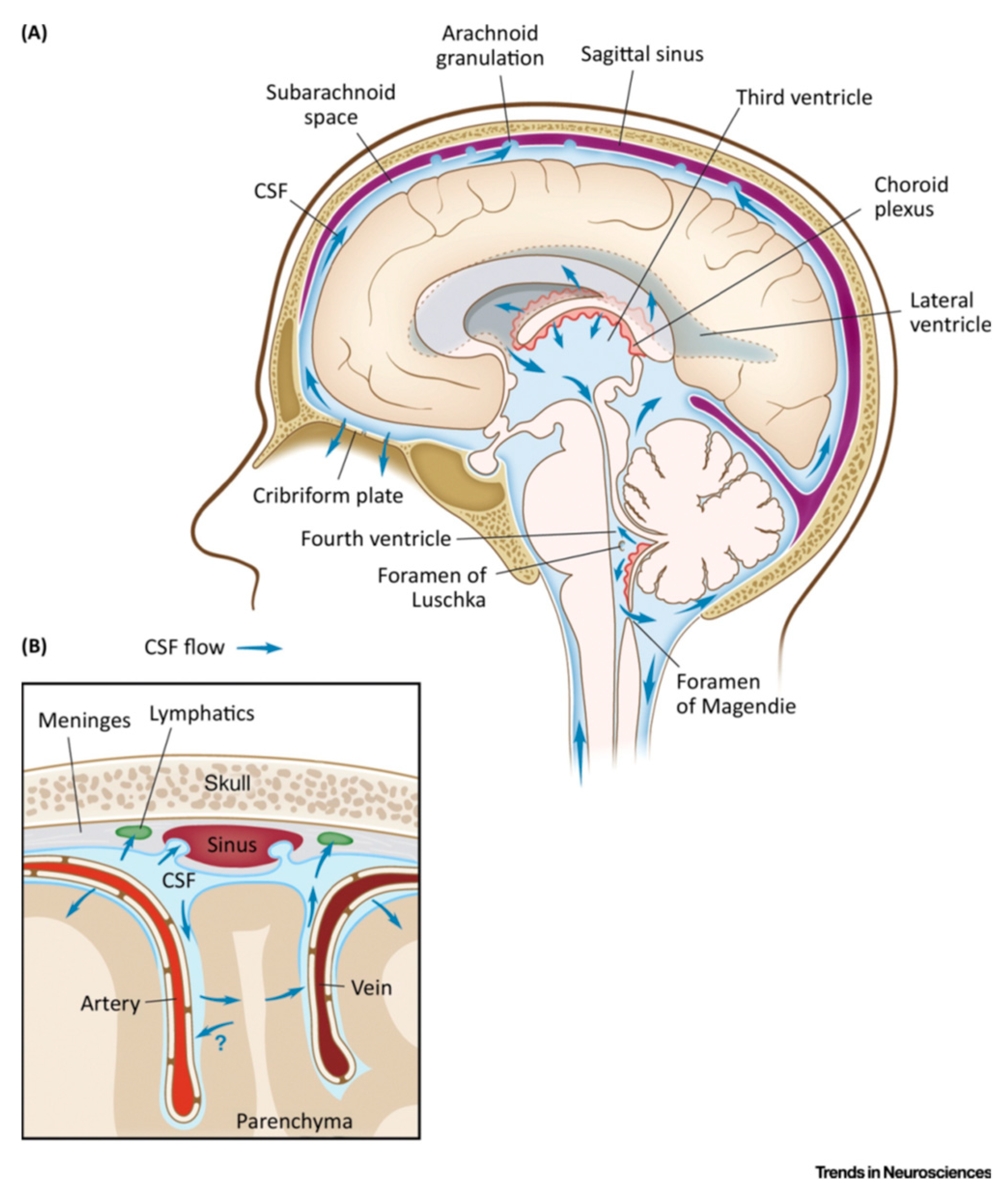
your brain produces an excess amount of it. there is a decrease in the ability of blood vessels to absorb it. a blockage develops that prevents CSF from flowing normally. Under certain conditions, the amount of CSF in your brain increases. If this process is interrupted, the level of CSF can quickly build up, placing pressure on the brain.Cerebrospinal fluid (CSF) flows through your brain and spinal cord in normal conditions. The brain constantly produces new CSF. Old fluid is released from the brain and absorbed into the blood vessels. provides the brain with the nutrients it needs to function properly. to removes waste products from the brain. The brain isn't surrounded by water but by a fluid called cerebrospinal fluid (CSF). In the past, hydrocephalus was often known as water on the brain. Complications after surgeryįollowing surgery to treat hydrocephalus, (inserting a shunt,) there can sometimes be complications, such as:īefore having surgery, your surgeon should discuss the possible complications with you. Hydrocephalus can usually be treated using a shunt, a thin tube that's surgically implanted in the brain and drains away the excess fluid.Īn endoscopic third ventriculostomy (ETV) can sometimes be used as an alternative to shunt surgery.ĭuring this procedure, a hole is made in the floor of the brain to allow the trapped CSF to escape to the surface, where it can be absorbed. It's important to diagnose NPH correctly because, unlike Alzheimer’s disease, the symptoms can be relieved with treatment. symptoms that affect your bladder control. Diagnosing hydrocephalusīrain scans, such as CT scans and MRI scans, can be used to diagnose congenital and acquired hydrocephalus.Ī checklist is used to help diagnose NPH. Normal pressure hydrocephalus (NPH) is an uncommon condition that most often affects people over the age of 60.Īs these symptoms come on gradually and are similar to the symptoms of other, more common conditions, such as Alzheimer's disease, it can be difficult to diagnose. It may occur after a serious head injury or as a complication of a medical condition, such as a brain tumour. It usually develops after an illness or injury. Hydrocephalus that develops in children or adultsĪcquired hydrocephalus can affect children or adults. Read more about special educational needs (SEN). If your child has learning disabilities, they'll need extra support from their nursery or school to make sure their needs are being met. vision problems, such as a squint and visual impairment. This can cause a number of long-term complications, such as: 
Many babies born with hydrocephalus (congenital hydrocephalus) have permanent brain damage. Its estimated spina bifida affects one baby in every 1,000 born in Britain. an infection the mother develops during pregnancy, such as mumps or rubella.

normal pressure hydrocephalus – usually only develops in older peopleĬongenital hydrocephalus is when a baby is born with excess fluid on the brain.acquired hydrocephalus – hydrocephalus that develops after birth.congenital hydrocephalus – hydrocephalus that's present at birth.There are three main types of hydrocephalus: The damage to the brain can cause a wide range of symptoms, including:ĭifferent types of hydrocephalus can cause specific symptoms.

There are three main types of hydrocephalus, each of which develop at different stages of life (see below). If left untreated, hydrocephalus can be fatal. The excess fluid puts pressure on the brain, which can damage it. Hydrocephalus is a build-up of fluid on the brain.







 0 kommentar(er)
0 kommentar(er)
